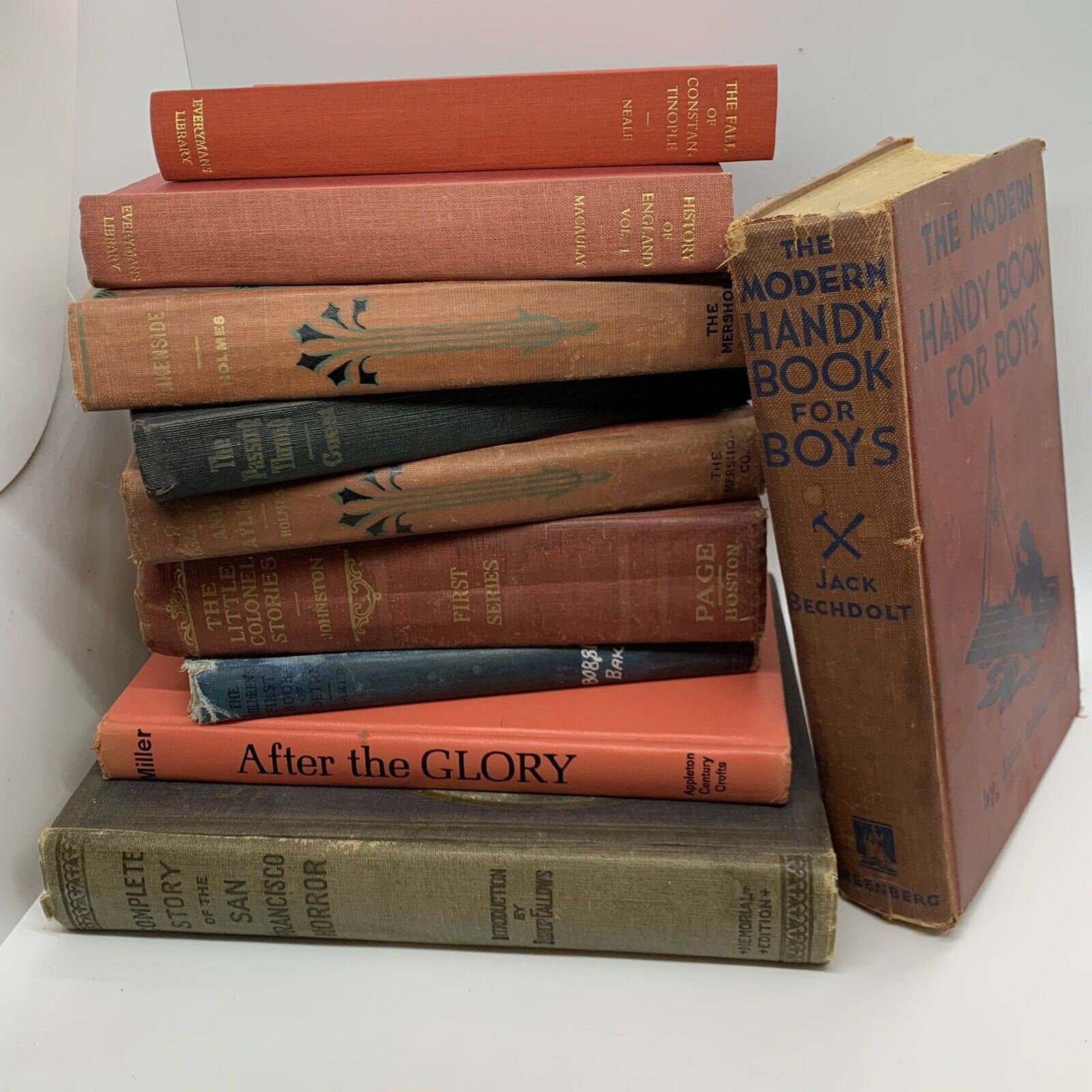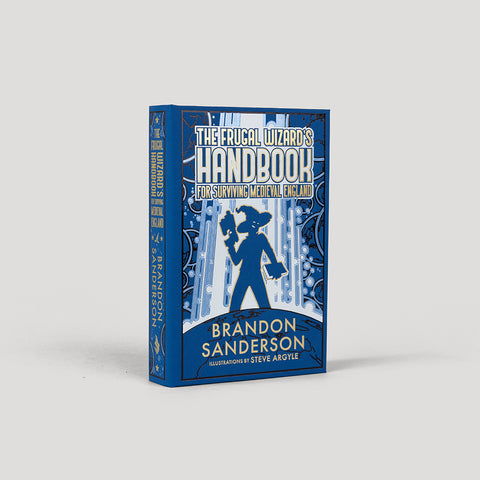Hardcover Books for Fans of Classic Literature
Hardcover Books for Fans of Classic Literature
Blog Article
A Comprehensive Overview to the Process of Hardbound Books Printing
When you commence the trip of hardbound book printing, understanding the entire procedure is crucial. From preparing your manuscript to selecting the best materials, each action plays a vital role in the final product. You'll require to consider style components and printing methods that match your vision. As you browse through binding and quality assurance, you'll locate that every decision impacts the book's general charm. What comes next in this elaborate procedure?
Understanding the Hardbound Book Framework
When you discover the world of hardbound publications, you'll promptly see that their structure is willful and unique. The external case, commonly made from durable cardboard, provides sturdiness and defense. You'll discover a fabric or natural leather covering, which not just enhances aesthetics but likewise includes to guide's durability. Inside, the endpapers attach the cover to the message block, making certain a smooth interchange.
The message block itself includes multiple trademarks, or folded up sheets, sewn together for stamina. You'll see that the back is reinforced, permitting a smooth lay-flat analysis experience - hardcover books. In addition, the publication's weight usually shares a feeling of top quality and durability
Hardcover publications commonly include a dirt coat, which works as an advertising tool while securing the cover. Recognizing these aspects helps you value the craftsmanship behind hardcover publications and their distinct charm in the literary world.
Manuscript Prep Work and Editing
Obtaining your manuscript prepared for printing is vital, and it starts with proper formatting guidelines. You'll need to recognize the modifying process to improve your work and assure it reverberates with viewers. And also, grasping proofreading techniques can aid you catch those annoying mistakes before your book goes to print.

Manuscript Format Standards
Correct manuscript format is important for creating a professional-looking hardbound book. Start by selecting a common font style like Times New Roman or Arial in 12-point dimension. Use double-spacing throughout the file to boost readability. Set your margins to 1 inch on all sides, offering your text room to breathe. Number your pages in the leading right corner, and include your chapter titles at the start of each brand-new section. Usage clear headings to show areas, and avoid too much formatting like vibrant or italics unless essential. See to it to check your manuscript for uniformity in style, making sure that every little thing from punctuation to spacing sticks to your chosen guidelines. Complying with these steps will set a solid structure for your book.
Modifying Refine Fundamentals
Editing your manuscript is a necessary step that can change it from a harsh draft into a sleek final item. Start by going through your work critically, concentrating on clarity, flow, and framework. Seek variances in your story, character advancement, or argumentation. It's useful to take breaks in between rounds of editing to obtain fresh perspectives. Don't think twice to cut unneeded web content or rephrase uncomfortable sentences; this will certainly improve readability. Consider looking for feedback from trusted peers or expert editors who can offer beneficial insights. Bear in mind, editing isn't nearly fixing mistakes; it's regarding improving your voice and guaranteeing your message resonates with viewers. Welcome the procedure, and you'll see your manuscript shine.
Checking Techniques Summary
When you've polished your manuscript via editing and enhancing, the next action is to ensure it's correct that might distract viewers. Begin by taking a break after modifying; fresh eyes capture errors much better. Read your manuscript out loud-- this assists you hear awkward phrasing and place typos. Usage digital devices like spell checkers for initial scans, yet don't depend entirely on them. Think about printing your manuscript; analysis theoretically can reveal mistakes that screens miss. Concentrate on one sort of mistake at a time, whether it's spelling or grammar, to avoid feeling overwhelmed. Lastly, employ a relied on friend or expert proofreader to supply a fresh perspective. Their responses can highlight issues you might neglect.
Creating the Book Cover and Inside
When you're developing your publication cover and interior, you'll want to focus on necessary design aspects that record your target market's focus. Picking the ideal typography styles and very carefully selecting shades and images can make all the difference in sharing your publication's motif. Let's discover how these choices can boost your job and bring in visitors.
Essential Style Aspects
Producing an attractive publication cover and a well-designed interior is crucial for drawing in readers and improving their experience. Choose shades and images that mirror your book's motif and mood.
A clean, orderly layout aids readers navigate easily. Remember, a cohesive style throughout your publication promotes a specialist look that can substantially impact a visitor's choice to pick it up.
Picking Typography Styles
Typography plays an essential duty in both the book cover and interior decoration, shaping just how visitors regard your web content. When choosing typography styles, consider your publication's style and target market. A classic serif font might function well for literary fiction, while a contemporary sans-serif might match a contemporary book. Warranty readability; your text must be easy on the eyes, specifically for longer passages. Pay attention to font dimension and line spacing, as have a peek at this website these elements affect overall circulation. Mixing fonts can include interest, however restrict it to two or 3 to preserve coherence. Assume about hierarchy-- make use of different styles for headings and body text to assist readers easily through your work. Your typography choices will significantly impact the viewers's experience.
Shade and Imagery Choice
Choosing the appropriate shades and imagery is vital for capturing viewers' interest and sharing your book's motifs. Begin by considering your website link genre; vivid colors could function for a children's publication, while soft tones match a secret novel. hardcover books. Usage images that resonates with your web content-- pictures, pictures, or abstract designs can boost your message
Believe concerning the feelings you intend to stimulate. Warm colors can develop enjoyment, while awesome shades typically convey peace. When developing the cover, make sure the images doesn't bewilder the title and writer's name; clearness is key. Inside, use constant color design that match your typography. This cohesive strategy not only raises your book's visual but additionally improves the visitor's experience, making it more memorable.
Choosing the Right Paper and Products
When selecting paper and materials for your hardbound book, it's important to ponder how they'll affect the general look of your project. Beginning by picking the ideal paper weight; larger stock commonly communicates top quality and sturdiness, while lighter paper can develop a more delicate touch. Consider the finish as well; glossy paper enhances images and shades, while matte can provide a sophisticated, understated look.
Don't forget concerning the cover products. Towel, natural leather, or published paper can set the tone for your book. Opt for acid-free paper to prevent yellowing over time if your project consists of photos. Furthermore, consider the binding materials; using top notch sticky assurances your book lasts.
Eventually, the choices you make below mirror your vision, so put in the time to sample different products (hardcover books). Your choices will aid produce a book that's not only aesthetically attractive but also sturdy and practical
The Printing Process: Techniques and Technologies
A selection of printing techniques and modern technologies can bring your hardcover book to life, each offering unique benefits. Digital printing is a popular selection for short runs, enabling quick turn-around and cost-effective remedies. It's best when you need to print smaller sized quantities without giving up high quality. On the other hand, balanced out printing excels in generating large quantities, providing high-grade and constant results. This technique is perfect for extensive magazines where color precision and fine information matter.
For unique impacts, you might take into consideration techniques like aluminum foil stamping or embossing, which can include a glamorous touch to your cover. In addition, you can choose various inks, including environmentally friendly alternatives that satisfy environmentally mindful visitors. Recognizing these strategies aids you make educated choices, guaranteeing your hardbound publication not just looks wonderful but also meets your production needs efficiently. Select the best method to raise your book's appeal and effect.
Binding Methods for Hardcover Books
Several binding approaches can change your hardcover book right into a long lasting and appealing product. Another method is the ideal binding, which makes use of adhesive to hold the pages with Web Site each other, permitting for a smooth spine yet less longevity compared to instance binding.
You might also think about spiral binding, which permits your publication to lay level, making it ideal for handbooks or workbooks. Each binding technique has its advantages and fits different requirements, so believe regarding your publication's purpose and target market when picking the ideal alternative for your task.
Quality Assurance and Last Touches
After picking the right binding method for your hardcover book, quality assurance becomes important to verify your final product meets your expectations. Start by checking the printed pages for any errors or disparities in color and layout. You don't wish to miss out on any kind of typos or misprints that might impact your visitors' experience.
Next, inspect the binding integrity. Confirm the web pages are safely connected and that the back is tough. A well-bound publication not only looks professional yet additionally really feels long lasting in your hands.
Furthermore, focus on the cover. Search for any scuff marks or misalignments in the art work. If you have actually chosen for special finishes like embossing or foil marking, make sure they're used continually throughout all duplicates.
Lastly, carry out a complete assessment of the entire set before relocating to distribution. By doing this, you can validate that every book reflects your high criteria.
Often Asked Concerns
The length of time Does the Hardbound Book Printing Refine Normally Take?

What Is the Minimum Order Quantity for Hardcover Books?
The minimum order amount for hardbound books typically starts around 100 duplicates, yet it can differ based on the printer. You should get in touch with your picked printing solution for their certain demands and pricing.

Can I Print Hardcover Books in Custom-made Sizes?
Yes, you can print hardcover books in custom-made dimensions. Lots of printing solutions supply flexibility with dimensions, allowing you to choose a format that suits your project. Just confirm the specs before placing your order.
Exist Eco-Friendly Options for Hardcover Book Printing?
Yes, you can find environmentally friendly choices for hardcover book printing. Many companies use recycled materials and sustainable inks. Simply ask your printer regarding their eco-friendly methods to guarantee your project aligns with your ecological worths.
What Are the Expenses Connected With Hardcover Book Printing?
When considering hardbound publication printing expenses, you'll need to consider products, style, and printing techniques. Additional expenses like delivery and binding can likewise affect your overall budget, so strategy appropriately for your project.
When you commence the trip of hardcover book printing, recognizing the whole process is important.A variety of printing methods and technologies can bring your hardbound book to life, each offering one-of-a-kind advantages. Just how Long Does the Hardbound Publication Printing Refine Generally Take?
The hardbound book printing procedure typically takes about 2 to 6 weeks.Yes, you can find environmentally friendly options for hardbound book printing.
Report this page